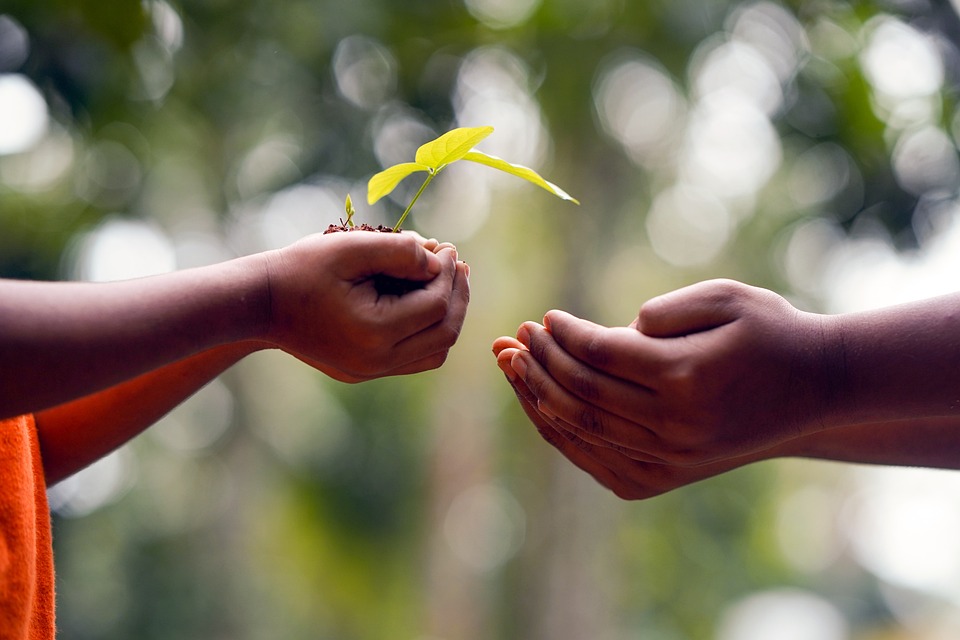Introduction
Soil is an essential natural resource that plays a critical role in sustaining agriculture and ensuring food security. It is the foundation upon which our crops grow, providing vital nutrients, water retention, and a medium for plant root systems. However, due to unsustainable agricultural practices, soil degradation has become a global concern. This article explores the significance of soil care in maintaining sustainable agriculture and securing our food supply.
The Importance of Soil Care
Soil care refers to the practices and strategies employed to preserve and improve soil quality and fertility. Healthy soil is essential for productive agriculture, as it provides the necessary nutrients and ecosystem services to support plant growth. By implementing soil care practices, farmers can enhance soil health, reduce erosion, increase water retention, and promote biodiversity.
Soil Conservation Methods
Several soil conservation methods can be employed to protect and improve soil health. These include:
1. Crop Rotation
Crop rotation involves planting different crops in a specific sequence to improve soil nutrient levels and reduce disease and pest pressure. It helps prevent the depletion of specific nutrients and disrupts the life cycles of pests and pathogens, reducing the need for chemical inputs.
2. Cover Crops
Planting cover crops, such as legumes or grasses, during fallow periods can protect and improve the soil. These crops help prevent erosion, suppress weed growth, enhance soil organic matter, and fix atmospheric nitrogen, reducing the need for synthetic fertilizers.
3. Conservation Tillage
Conservation tillage practices involve reducing or eliminating mechanical disturbance of the soil. By leaving crop residues on the field and minimizing soil disturbance, soil erosion is reduced, organic matter is preserved, and soil structure is improved.
4. Composting and Organic Matter Addition
Composting organic waste and incorporating it into the soil can enhance soil fertility, moisture retention, and microbial activity. Organic matter addition improves soil structure, nutrient availability, and water-holding capacity, leading to healthier plants and increased yields.
Soil Testing and Nutrient Management
Regular soil testing is essential for effective nutrient management. By analyzing soil samples, farmers can determine the nutrient levels and pH of their soil. This information enables precise fertilizer application, preventing overuse and reducing environmental pollution. Proper nutrient management ensures that crops receive adequate nutrition without causing nutrient imbalances or polluting water sources.
Soil Erosion Control
Soil erosion is a significant threat to soil health and agricultural productivity. Farmers can employ various erosion control measures to limit soil loss and degradation. These include contour plowing, terracing, strip cropping, and buffer strips along water bodies. By preventing erosion, soil care measures protect soil structure, fertility, and water-holding capacity.
FAQs Section
What are the consequences of soil degradation?
Soil degradation leads to decreased soil fertility, reduced agricultural productivity, water pollution, and increased vulnerability to climate change. It can result in food shortages, increased reliance on synthetic inputs, and higher production costs for farmers.
How does soil care contribute to food security?
By implementing soil care practices, such as crop rotation, cover cropping, and composting, farmers can improve soil health and fertility, leading to increased crop yields. Healthy soils offer better nutrient availability, water retention, and resistance to pests and diseases, enhancing agricultural productivity and food security.
What role do soil conservation methods play in sustainable agriculture?
Soil conservation methods are crucial for sustainable agriculture. They protect soil from erosion, enhance soil fertility, promote biodiversity, and reduce the reliance on synthetic inputs. These practices ensure long-term food production while preserving the natural resource base and mitigating environmental impacts.




